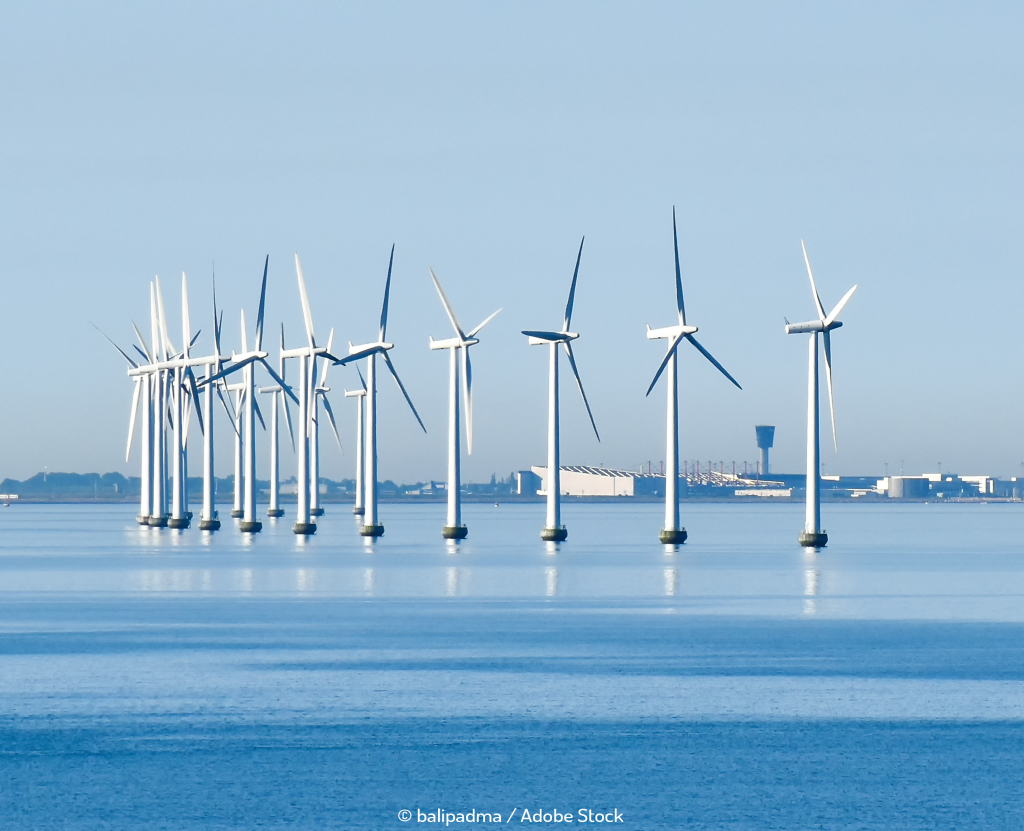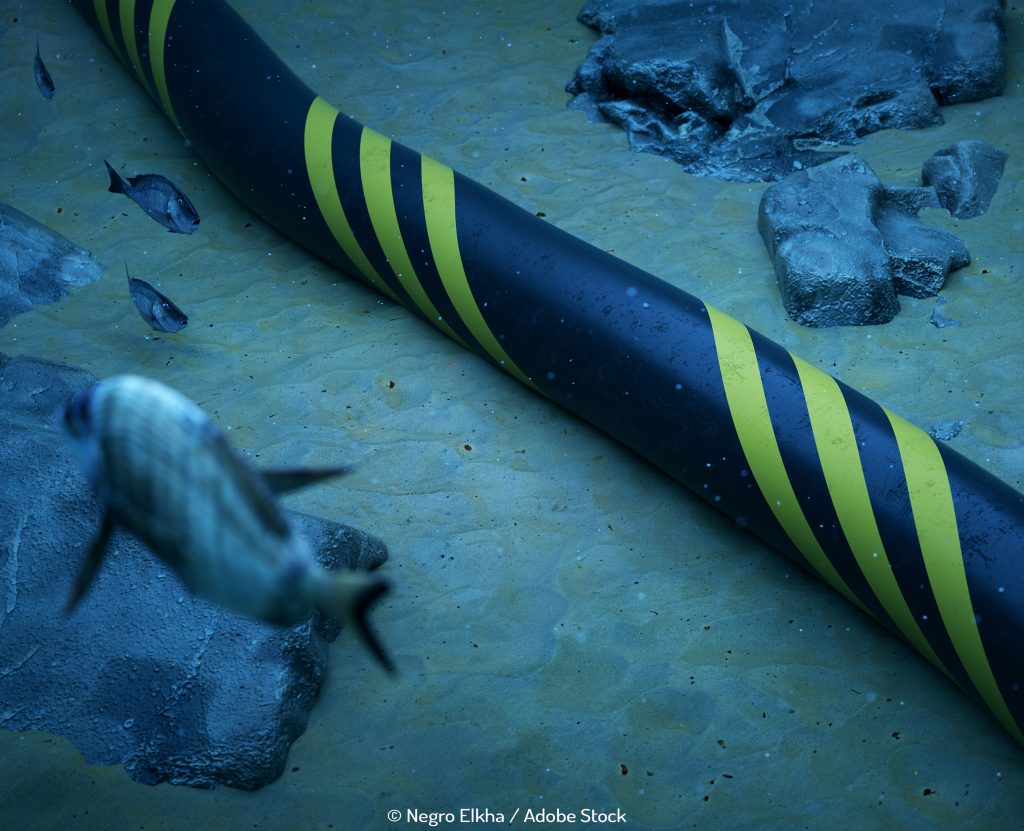
Offshore Wind Industry Council Predicts 70,000 Strong Workforce by 2026
The Offshore Wind Industry Council (OWIC) has published its Skills Intelligence Model Report. Predicting an almost tripling of the current 26,000 offshore wind jobs to 70,000 by 2026. The report summarises an extensive people and skills survey the organisation has conducted. Providing a snapshot of the current workforce and a prediction of the future, the OWIC has published relevant insights.
Eighty-five of the UK offshore wind industry’s biggest and most influential companies provided detailed responses for the survey. Covering the entire spectrum of developers, operators, OEM and supply chain, the survey is the largest of its kind ever conducted in the UK. For the first time it includes direct, indirect and self-employed.
The UK offshore wind workforce currently comprises over 15,000 direct jobs and over 10,000 indirect. Over 80% of these jobs are outside London with 30% in Scotland, 15% in Yorkshire and The Humber, and 10% each for the north east and east of England.
Currently, the offshore wind workforce contains only 18% women. Industry has committed to increasing this number to at least one-third and preferably 40% by 2030. Other commitments include an agreement to increase the current 1.8% apprenticeships to 2.5%
In 2026, the total industry job numbers are forecast to swell to 40,000 direct jobs and 30,000 indirect. OWIC’s lead for People and Skills, Melanie Onn, said, “We’ll see a surge of tens of thousands of new jobs over the next five years as offshore wind will put the rocket boosters under the UK’s green economic recovery”.
With an average of over £10 billion investment each year for the next six. Opportunities exist for all skill-levels, backgrounds and education, with jobs at every level from GCSE to degree. In connection with the release of the OWIC report the OWIC Industry Chair, Danielle Lane, said: “We offer opportunities to people from all backgrounds and with qualifications at every level to work in an industry which is playing a crucial role in tackling dangerous climate change, enabling us to meet the Government’s net zero emissions target as fast as possible.”
Most of the investment and jobs will occur in areas of the UK in need of a boost with Scotland, north east England, Yorkshire and Humber and the East of England seeing the majority. Danielle Lane continued, “The UK offshore wind industry employs thousands of people in parts of the country which other sectors fail to reach and which need levelling up the most.”
The report comes on the back of recent announcements from the government designed to speed up the UK offshore wind revolution. The North Sea Transition Deal sets out the government’s position on oil and gas development and the transition to clean energy, including attracting significant private investment over the next five years. As part of the offshore wind Sector Deal, industry is keen to develop the supply chain and is investing £100 million to ensure the UK lifetime content of offshore wind farms is raised from its current 48% to 60% in 2030.


